This is another post in our series on IPA variants. (See the related article links at the bottom of the page for more IPA variants.)
 In the beginning, there was IPA. And craft beer drinkers decided that it was good. British IPA inspired American IPA, and from there the idea of making a big, hoppy version of almost every type of ale followed. Having nearly exhausted the pool of ale styles that could be hybridized with IPAs, brewers next decided to give lagers the “uphopped” treatment.
In the beginning, there was IPA. And craft beer drinkers decided that it was good. British IPA inspired American IPA, and from there the idea of making a big, hoppy version of almost every type of ale followed. Having nearly exhausted the pool of ale styles that could be hybridized with IPAs, brewers next decided to give lagers the “uphopped” treatment.
India pale lagers (or IPLs) differ from IPAs in one key respect — fermentation. IPAs are fermented with a clean ale strain, at ale fermentation temperatures (often 68–72 °F/20–22 °C). In contrast, IPLs are fermented with a lager yeast strain at lager fermentation temperatures (usually 50–55 °F/10–13 °C). To brew an IPL, a brewer could make adjustments to his grain bill and hop additions, or he could simply ferment his usual IPA wort with lager yeast.
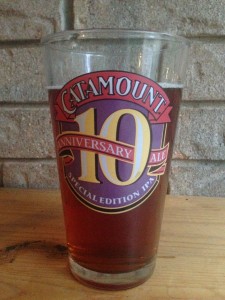
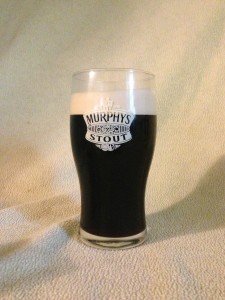
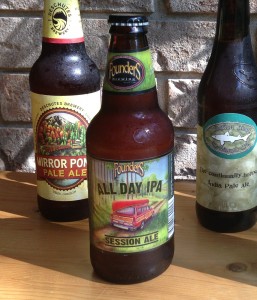
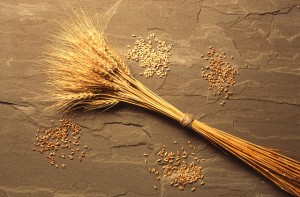
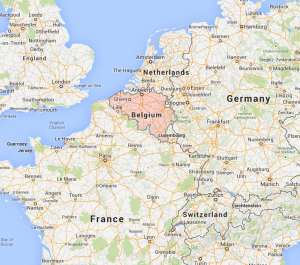



Recent Comments